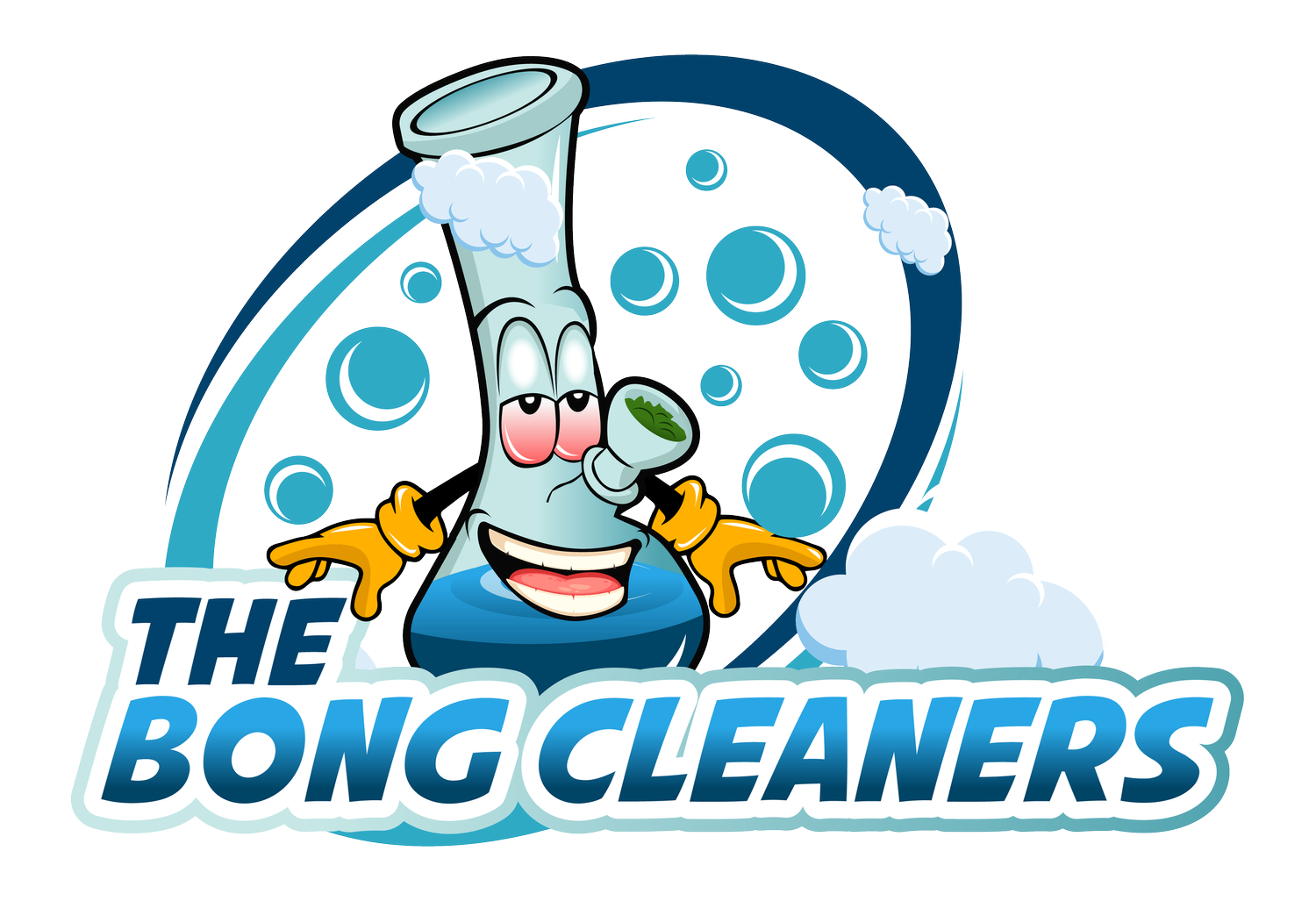The Science of Bongs: How they Filter and Cool Smoke
Water pipes, sometimes referred to as bongs, have been used for smoking tobacco and marijuana for millennia. But how do they function? It's intriguing to learn about the chemistry behind bongs, which use water to filter and cool smoke before it's inhaled.
Smoke is formed when a substance is lit in a bong and passes through the bowl and downstem before entering the water-filled chamber. The water has two functions: it filters the smoke, removing pollutants and ash, and it cools the smoke before it enters your lungs.
As the smoke passes through the water, filtration gets started. The smoke is pulled into tiny bubbles by the surface tension of the water, which causes the bubbles to rise to the surface and explode. The smoke is cooled and the contaminants are left in the water as the bubbles burst. Diffusion is the mechanism that produces this smoother, cooler, and cleaner hit.
It's also crucial to consider the water's cooling effect. The throat and lungs may become irritated when smoke is inhaled straight from a pipe or cigarette because the smoke can be fairly hot. The smoke is cooled as it travels through the water, which makes breathing it simpler and more comfortable.
The filtration and cooling procedures can also be impacted by a bong's design. Before the smoke can enter the main chamber, it must pass through percolators, which are auxiliary chambers or tubes filled with water. These percolators enhance the water's surface area, enhancing filtration and cooling capabilities.
The chamber's size and form is another element that may have an impact on the filtration and cooling procedure. More water and surface area may be accommodated in a larger chamber, which may improve filtration and cooling. The flow of smoke can also be influenced by the form of the chamber, with some designs encouraging a more effective flow.
Glass, acrylic, or ceramic are just a few of the materials that can be used to make bongs. Because they are enduring and simple to clean, glass bongs are often used. Although acrylic bongs are less expensive, they could not last as long as glass. There are also ceramic bongs, however they can be fragile and may be more difficult to clean.
In conclusion, bong science is a fascinating and intricate topic. A distinctive feature of bongs that makes them a preferred option among smokers is the use of water to filter and chill smoke. You can make an informed choice when buying a bong if you are aware of its many features and designs. There is something for everyone on the market today, whether you're searching for a basic and economical alternative or a high-end, technologically sophisticated bong.


